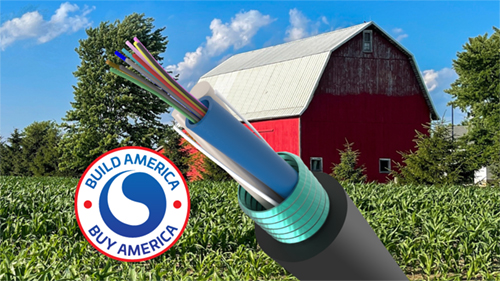What Are the Various Types of Broadband Network Topologies?
Key Takeaways
- Different topologies serve different deployment needs: Centralized topologies are ideal for compact areas, while distributed and zoned topologies are better suited for larger or more dispersed environments.
- Zoned and distributed designs improve scalability: These topologies allow for modular growth and localized management, making them effective for expanding networks or adapting to changing demands.
- Fabric-based topologies enhance performance and resilience: With their mesh-like structure, they support high-speed, low-latency communication and provide multiple data paths for improved reliability.
- Cascaded topologies offer flexible service delivery: Star, daisy chain, indexing, and optical tap configurations help optimize fiber usage and simplify installations, especially in FTTH scenarios.
- Topology choice impacts cost, maintenance, and future upgrades: Selecting the right topology can reduce long-term operational complexity and support more efficient network evolution.
Centralized Topology
A centralized topology is structured around a single central hub where all fiber connections terminate. This design simplifies network management and is often used in smaller or more compact service areas. It allows for straightforward troubleshooting and maintenance but may become less efficient as the network scales due to increased fiber runs and potential congestion at the central point.
Zoned Topology
Zoned topology divides the network into multiple service zones, each with its own distribution hub. This approach reduces the length of fiber runs and localizes network management, making it easier to scale and adapt to growing demand. It also supports modular deployment, which is beneficial for phased network expansions or deployments in areas with varying population densities.
Fabric-Based Topology
Fabric-based topologies use a mesh-like structure, often implemented with a leaf-spine architecture. This design enhances redundancy and load balancing, making it suitable for high-density urban environments or data-intensive applications. It supports high-speed, low-latency communication and provides multiple paths for data travel, improving overall network resilience.
Distributed Topology
In a distributed topology, network elements are spread across various locations without a single central aggregation point. This model is particularly useful in rural or geographically dispersed areas where centralized infrastructure is impractical. It enhances fault tolerance, as the failure of one node does not necessarily impact the entire network and allows for more flexible deployment strategies.
Cascaded Topologies (Star, Daisy Chain, Indexing, Optical Tap)
Cascaded topologies involve connecting network components in a series or branching configuration. A star cascade connects each node back to a central point, while a daisy chain links nodes sequentially. Indexing and optical tap methods offer additional flexibility by allowing service drops at various points along the fiber path. These configurations are commonly used in fiber-to-the-home (FTTH) networks, where they help optimize fiber usage and simplify installation in diverse environments.




